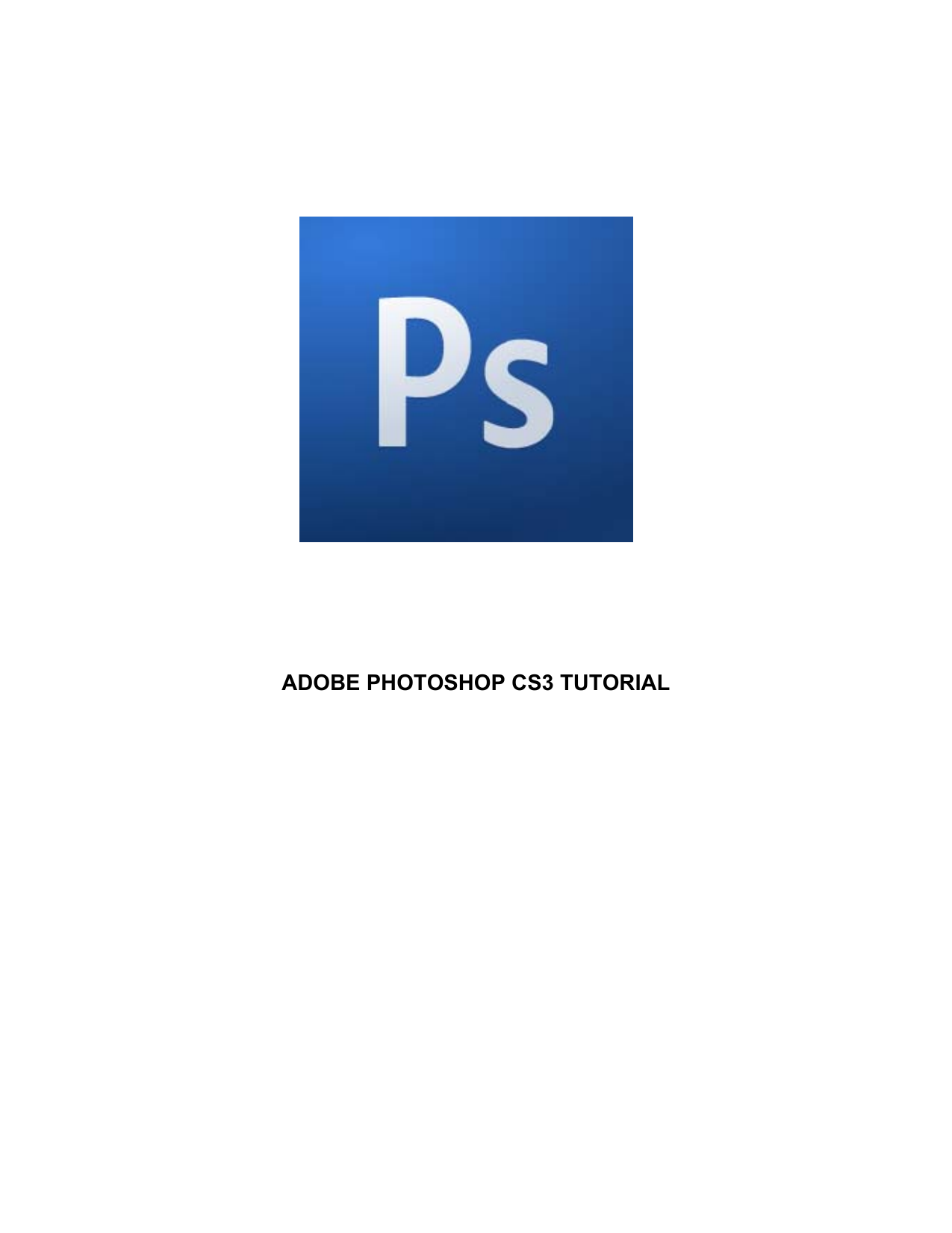
#Photoshop cs3 tuts full
We're going to be using this alpha channel to tell Photoshop where we want the blurring effect to be applied at full strength, where we want it to be applied at less than full strength, and where we don't want any blurring to be applied at all, and we're going to do that by painting on our alpha channel with white using the Brush Tool, as we'll do next.

In fact, if you were to drag out a selection with, say, the Lasso Tool and then save your selection, it would be saved as an alpha channel. This is just a fancier way of making a selection, but it's still just a selection. We'll cover alpha channels fully in another tutorial, but for now, alpha channels are just selections, the same as if you were creating a selection with the Rectangular Marquee Tool or the Lasso Tool. If alpha channels are new to you, don't worry about them. What we've just added here is called an alpha channel, as opposed to the color channels above it, which is why Photoshop named it "alpha 1". Here's the image I'll be using for this Photoshop tutorial:Ī new channel is added below the others and named "Alpha 1".Īs soon as you add the new channel, you'll see your image turn completely black, and that's because what we're now looking at is the new channel, not the image, and the channel is currently filled with black. This is a great filter to use with all kinds of photos, including wedding photography, landscape photos, and really any photo where you want to bring attention to a certain part or parts of the image by adjusting the focus. We're not going to be covering every single option of the Lens Blur filter in this tutorial, since a) that would be boring, and b) there's really only a couple of options you need to know about to get great results with it, and those are the ones we'll look at here. Photoshop's Lens Blur filter, on the other hand, offers an incredible amount of control over the effect (more than you'll most likely ever need), and when used with an easy-to-create Depth Map, as we'll see in this tutorial, we can specify exactly how much blurring to apply to different areas of the image, giving us complete creative control over which areas are in focus and which are not. While Gaussian Blur is still a great filter with plenty of uses, it doesn't offer us much in terms of control over the blurring effect and usually needs to be paired up with a layer mask for it to be of any real use. When most people think of adding a blurring effect to an image in Photoshop, they immediately think of the Gaussian Blur filter, which has been around in Photoshop since the days of the dinosaurs (they used Photoshop BC back then).
#Photoshop cs3 tuts how to
You might also like: 100 Tutorials for Mastering Adobe Photoshop.In this Photoshop Effects tutorial, we're going learn how to add creative focus to an image using Photoshop's Lens Blur filter, which has been available in Photoshop since Photoshop CS (which means you'll need Photoshop CS, CS2 or CS3 for this tutorial). In this post, we have collected 50 amazing fantasy art and horror tutorials and techniques using Photoshop, the graphic editor of choice for most fantasy artists.

Unlike pure imagination, having the skills and knowing the techniques to reflect your vision on screen or in print needs work. The real beauty is that it could be anything that your imagination can muster.

Whatever the ingredients of the fantasy scene, the results are always the same, beautiful, mysterious and thought-provoking. It could be a depiction of a magical and mysterious scene, a mythical or supernatural fairy, or even a horrendous blood-soaked fiend.

Imagination is the key to creating Fantasy art.


 0 kommentar(er)
0 kommentar(er)
